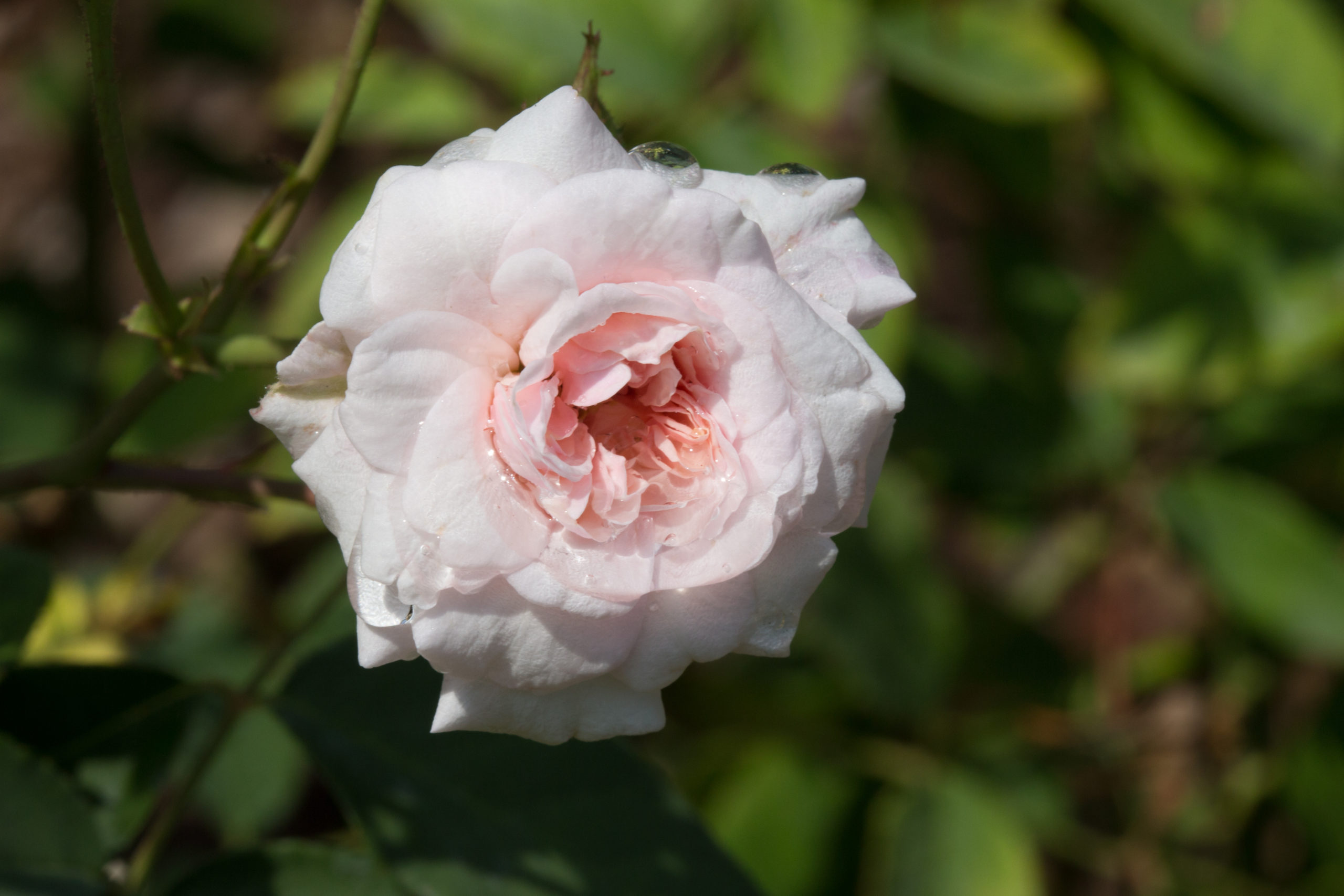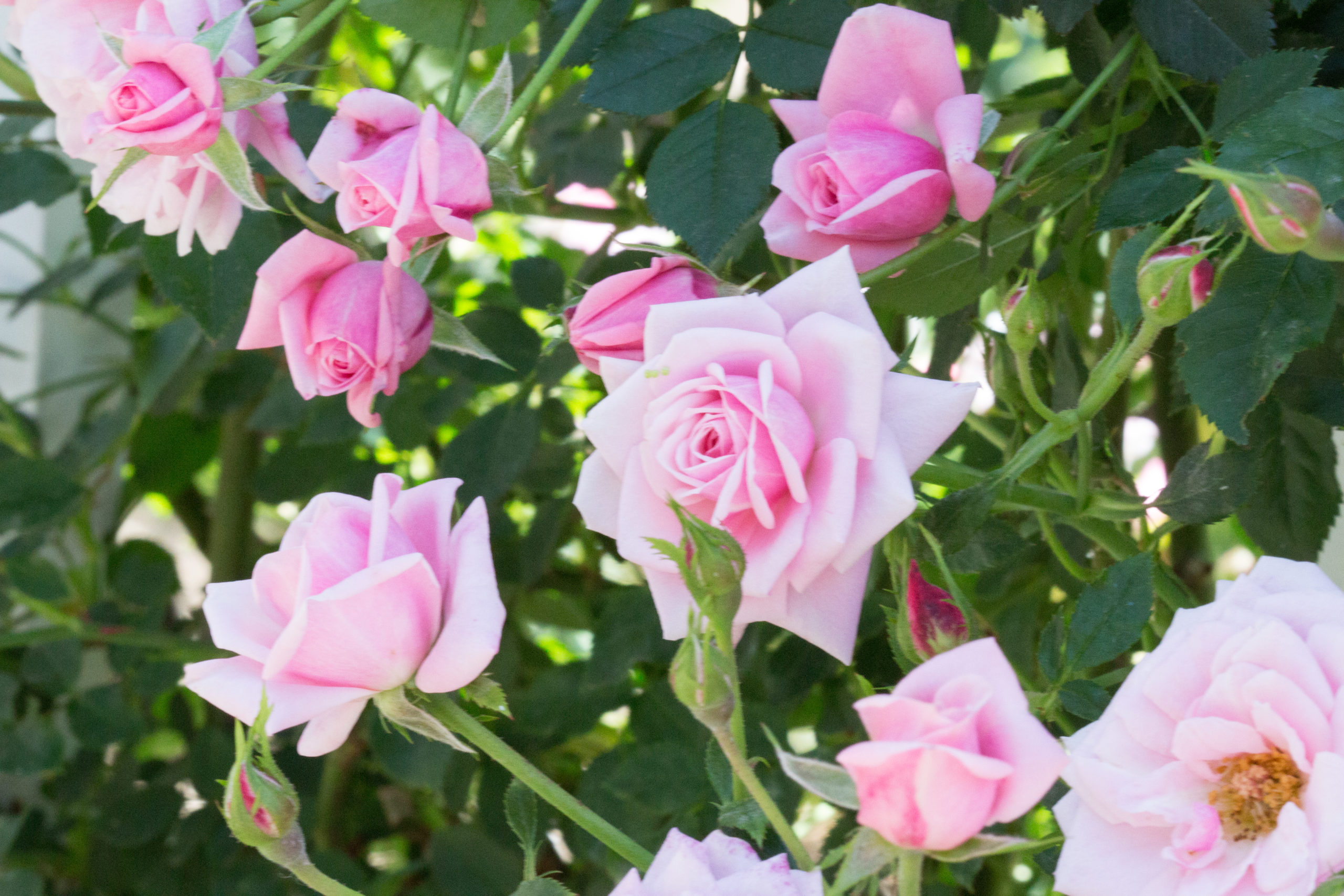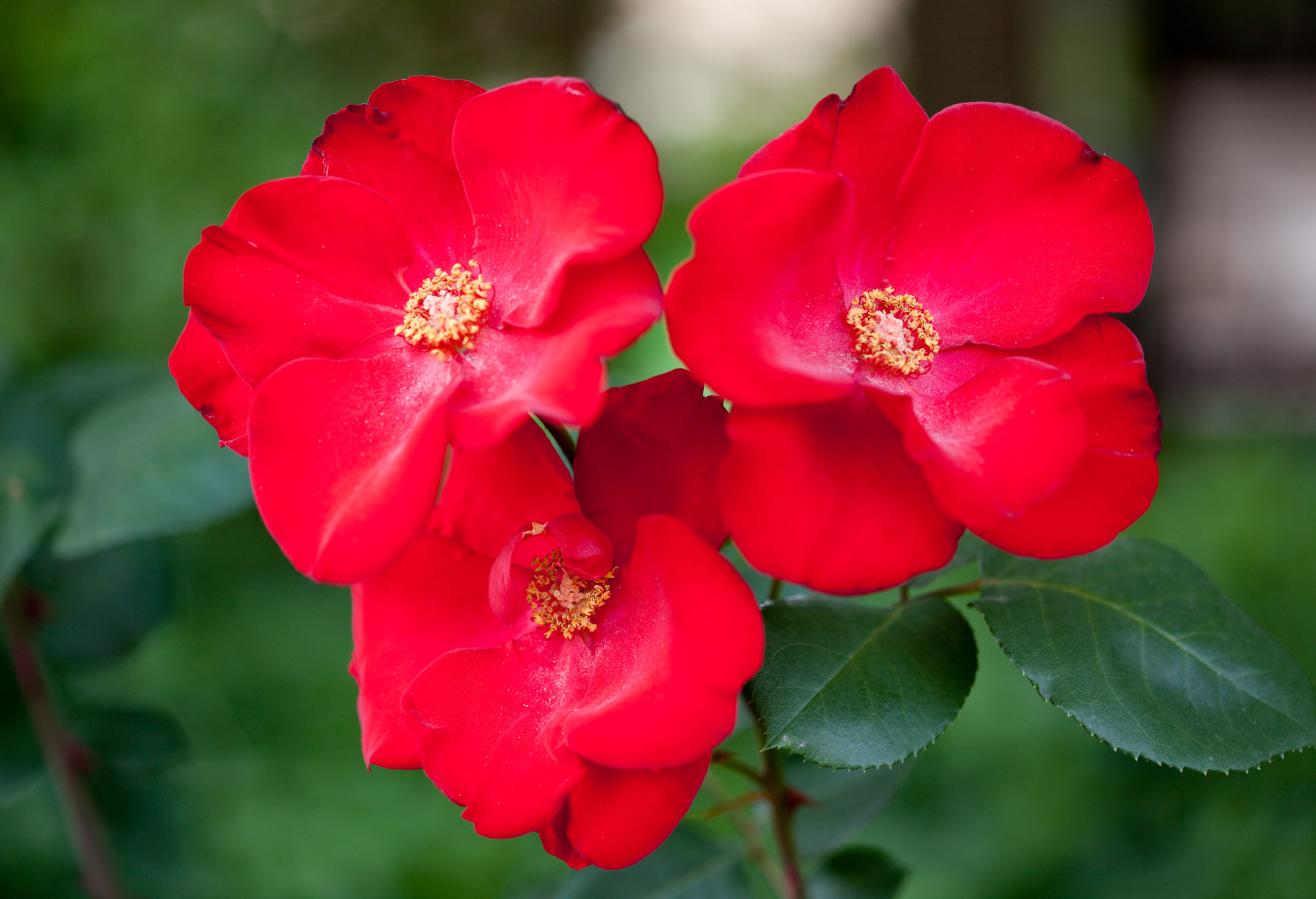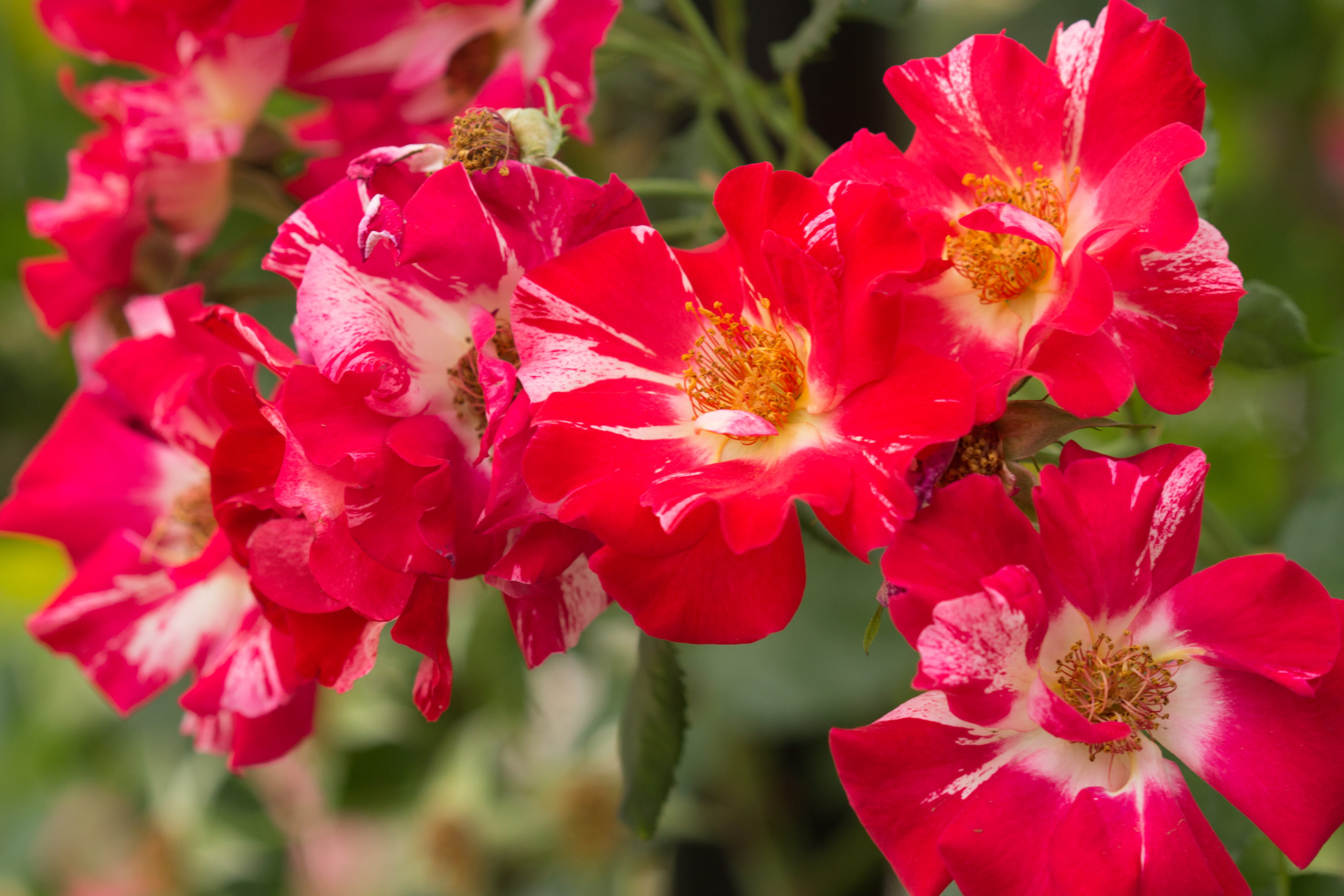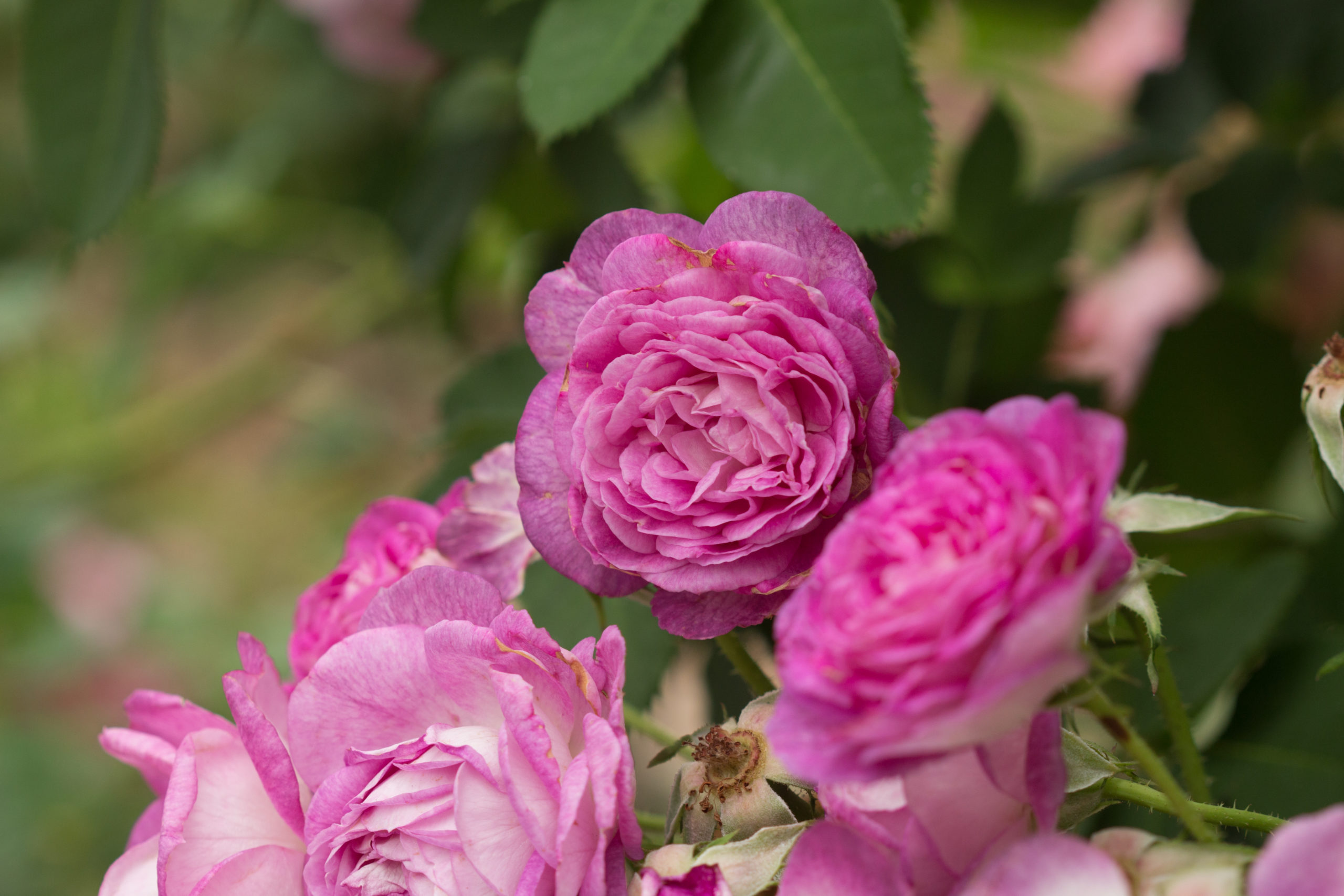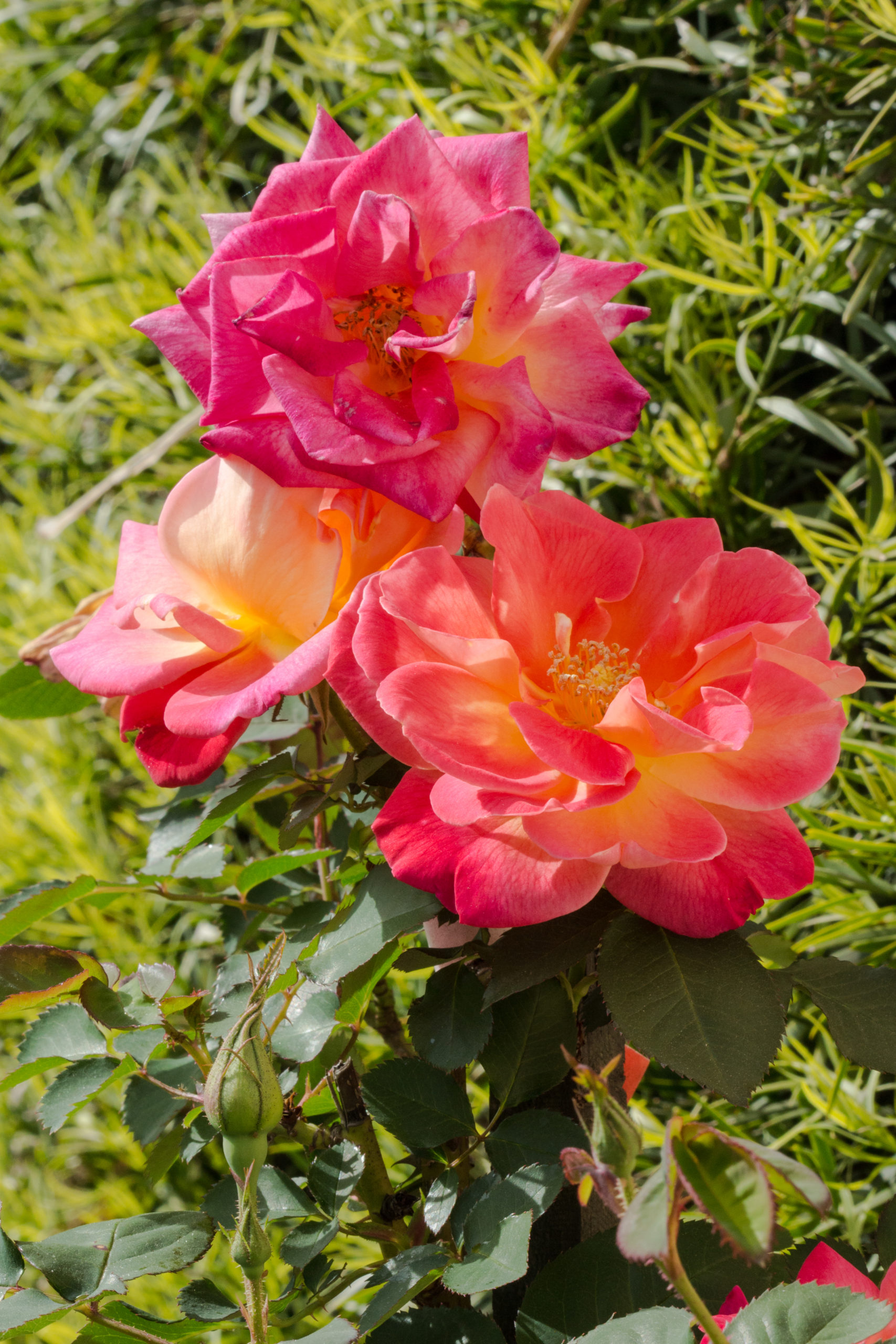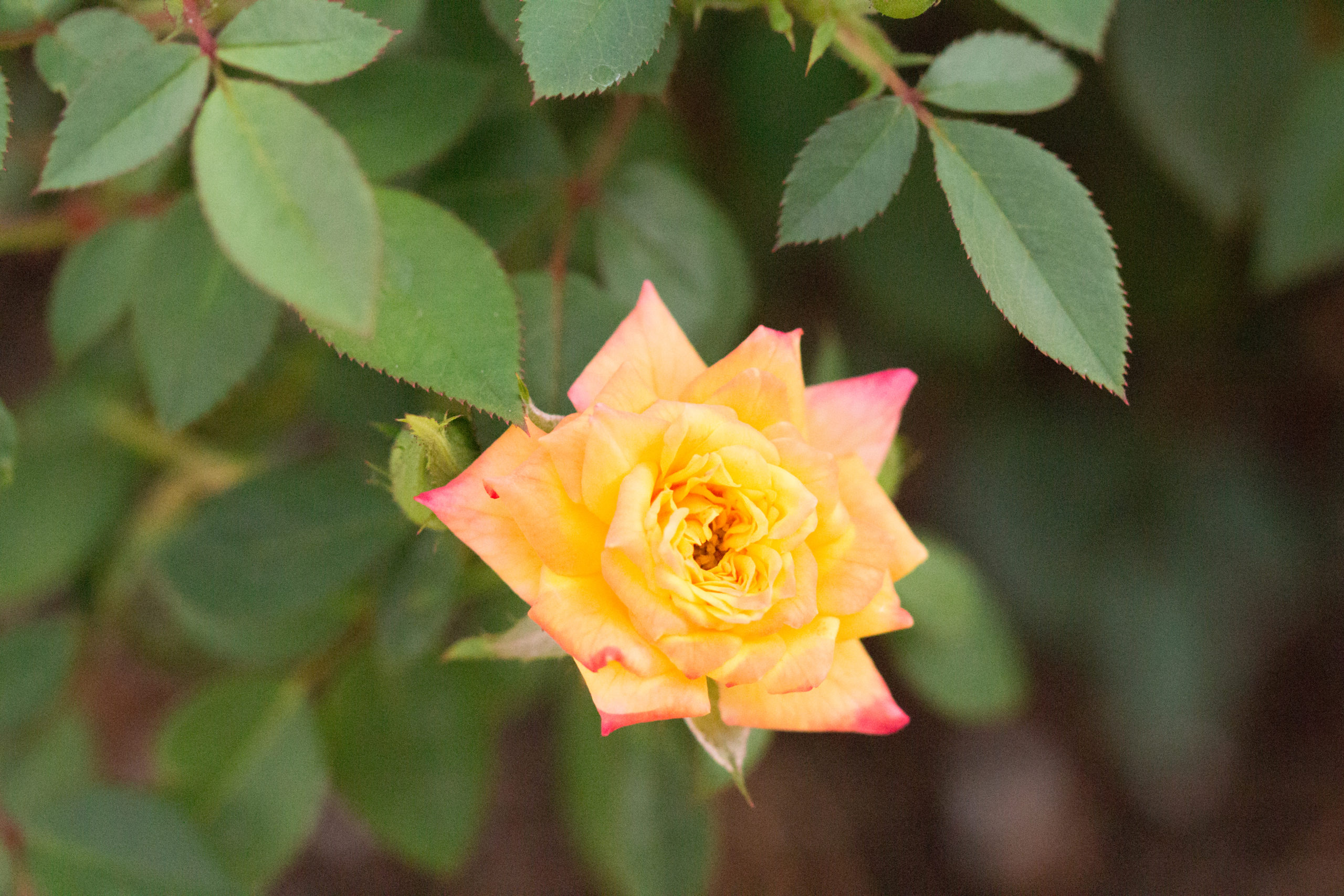GardenZeus Recommendations for Climbing Rose Varieties in California Zone 13
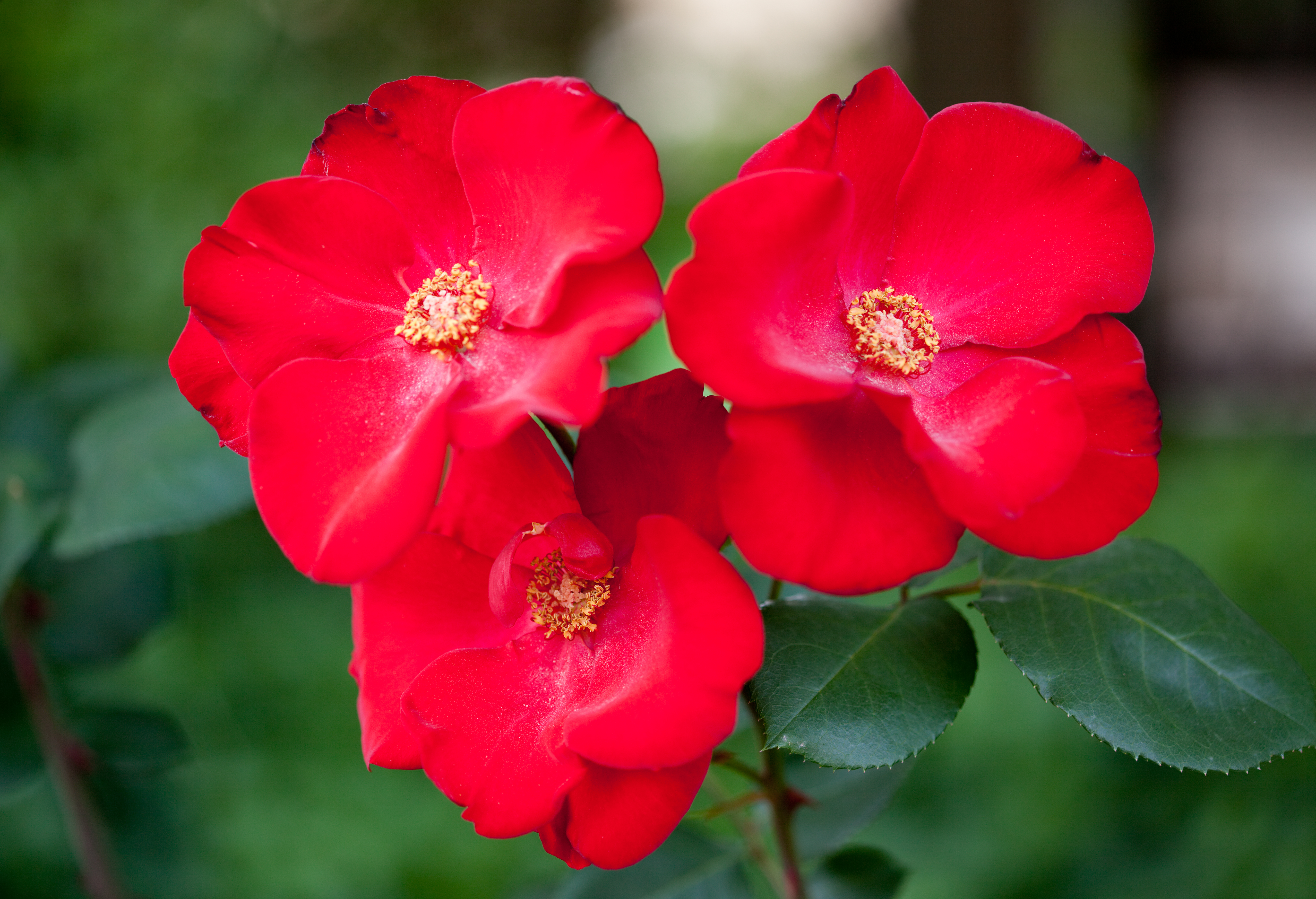
Climbers are characterized by their growth habit, producing long arching canes that can be attached to fences, walls trellises and other structures. They come in a wide range of flower colors, sizes and other characteristics. Except for Lady Banks Yellow, all of the below are repeat blooming but differ in many other important respects. Gardeners should be aware that unlike other climbing plants, such as pole beans, roses designated as climbers lack tendrils or any other natural means of attaching themselves to support; rather, these roses rely on the hand of the gardener for attachment.
Cécile Brunner, Cl. (Polyantha, Cl., 1894). One of the very best climbing roses. Known as the sweetheart rose. Classical hybrid-tea shaped pink buds open to 1.5 inch double coral pink flowers with lighter pink edges. Flowers are borne in large, loose clusters. Makes great cut flowers and individual flowers make ideal boutonnieres. Nearly thornless. This rose can grow quite large to over 26 feet, or it can be sheared to a hedge. Largest bloom is in the spring, with consistent but less prolific bloom throughout the summer. Deciduous. Can tolerate some shade. Light fragrance. Very disease resistant.
Jeannie Lajoie (Climber, Miniature, 1975). Exquisite climbing miniature rose. Small full flat mid pink flowers fade in color as they age. Flowers grow in clusters on extremely vigorous and hardy plant. Continuous bloom. The small flowers make this variety a miniature, but the plant grows to 7 feet or more in your zone. Mild fragrance.
Secret Garden Musk Climber (Musk, discovered 2003). “Discovered” growing in Jamestown in the Sierra foothills; no one knows the name of its original cultivar. This variety bears large clusters of single pure white blooms. Continuous bloom. Grows to over 20 feet. Powerful spicy clove fragrance.
Altissimo® (Large-Flowered Climber, 1966). This vigorous plant boasts large true red velvet single flowers with ruffled petals and yellow stamens. Ideal on a wall facing the sun, but also tolerant of partial shade. Easy to grow and train. Grows to 13 feet. Little to no scent. Very disease resistant.
Fourth of July (Large-Flowered Climber, 1999). Velvety red and white large semi double striped blooms. Free flowering with big sprays of long lasting flowers. Reliable rebloomer tolerates both heat and cold. Vigorous plant grows fast to 10-14 feet or more. Light fruity scent. Excellent disease resistance.
Lavender Crush™ (Shrub, 2016). This lovely, new shrub rose can be trained as a climber in Southern California’s mild climate. Medium-sized, old-fashioned flowers with lavender edges and cream reverses bloom in clusters on a plant that grows to 6 feet. Strong fragrance. Disease resistant.
Lady Banks Yellow (Climbing SPECIES, Rosa banksiae lutea 1824). Lady Banks blooms once in spring, producing a fantastic flower show that continues for many weeks. Profuse clusters of tiny double creamy lemon yellow flowers. This vigorous climber can grow to over 20 feet tall in year; ideal for covering a pergola. It takes over three years of growth until it blooms. Blooms on old wood; prune after flowering. Can be long lived and drought tolerant, but can also die in freezes. Slight sweet rose scent. Disease free.
Graham Thomas® (Shrub, 1983). This iconic rose can be trained as a climber. Deep creamy yellow medium cup-shaped ruffled flowers turn rich yellow as they fade. Multiple stems of continuous flowers. Grows to over 10 feet in your zone. For use a climber, peg canes down into an arched position to increase the numbers of blooms. Fresh tea rose scent with cool violet character. Good heat and disease resistance, but is somewhat susceptible to blackspot.
Good Day Sunshine™ (Large-Flowered Climber, 2016) is a new addition to the yellow climbing rose category, with deep-yellow, medium-sized flowers on a plant that grows to 6 feet. Repeat blooming. Mild fragrance. Good disease resistance and unlike Graham Thomas® it is resistant to blackspot.
Blaze of Glory (Large-Flowered Climber, 1932). The deep tropical orange semi double flowers with rose and red tones give this prolific bloomer its name. Hybrid tea shaped roses bloom all summer long. Does well in heat. Flexible stems are easy to train. Deciduous. Light fragrance. Disease free.
Joseph’s Coat (Large-Flowered Climber, 1964). A visual fiesta. Beautiful clusters of 3-4 inch semi-double blossoms in ever changing hues of yellow, orange and red cover this plant most of the year. Tolerates the driest, hottest conditions of Southern California’s inland valleys. Grows to 6-12 feet tall. Slightly fragrant. Disease resistant.
Rainbow’s End, Cl.™ (Climber, Miniature, 1998). Climbing version of the popular miniature rose. Small flowers open deep yellow, become tinged with red when grown in full sun, and fade toward pink with age. Plants produce flower displays in various color stages all at the same time. Plant grows to 12 feet. Reliable repeat bloomer. Light fragrance. Excellent disease resistance.
